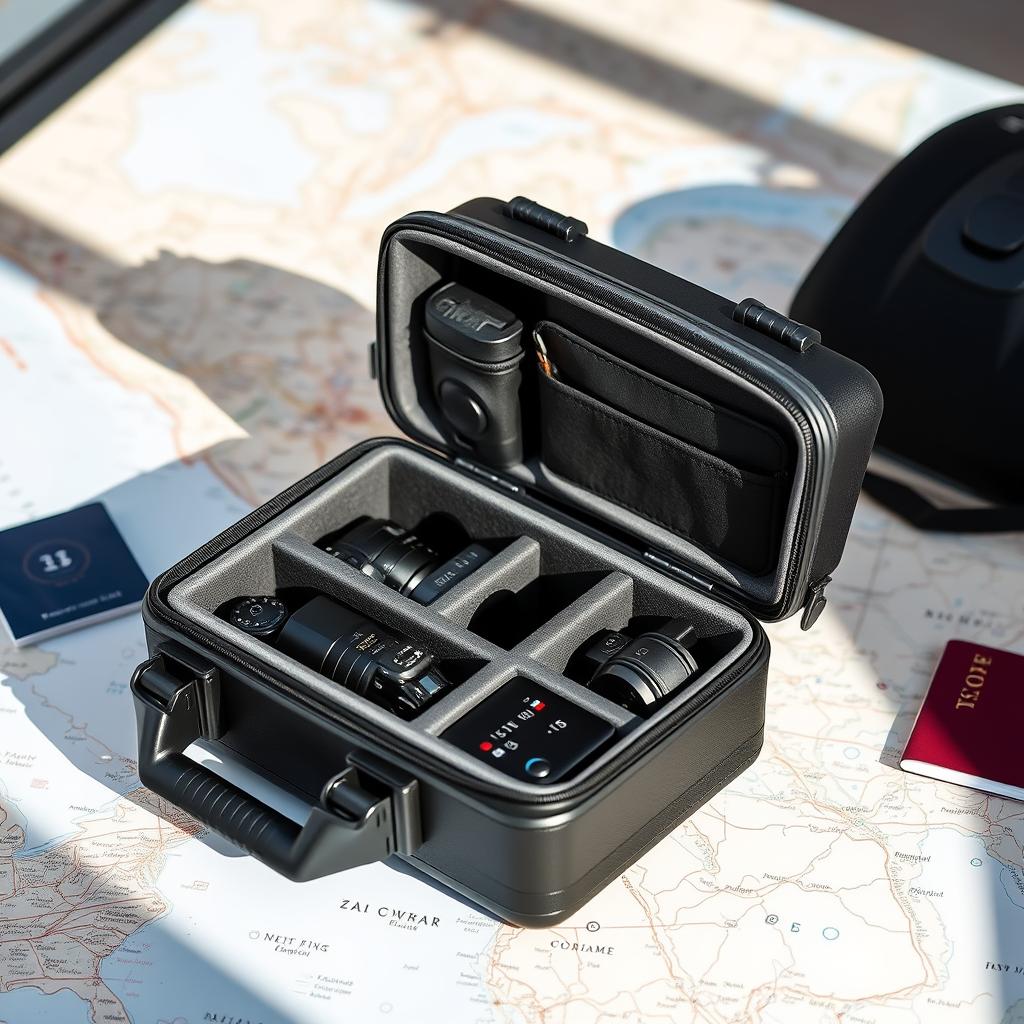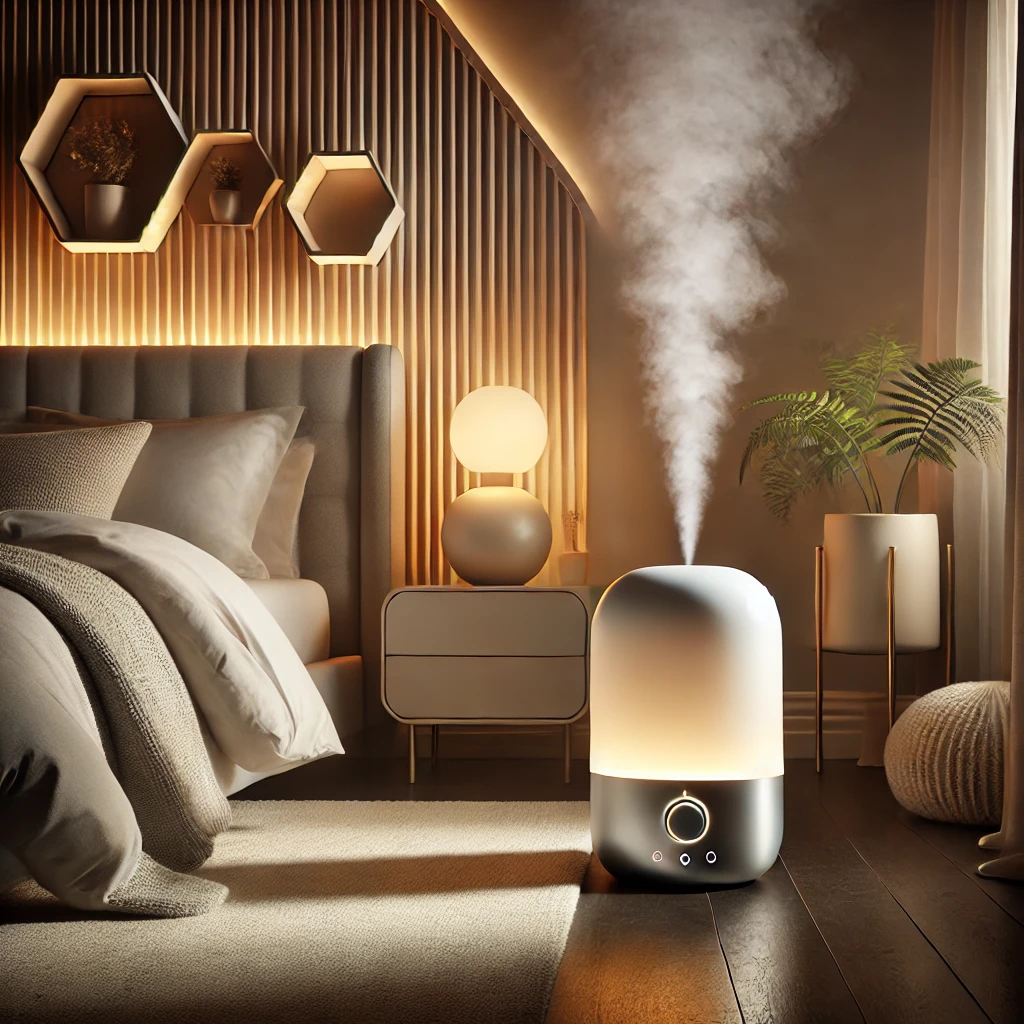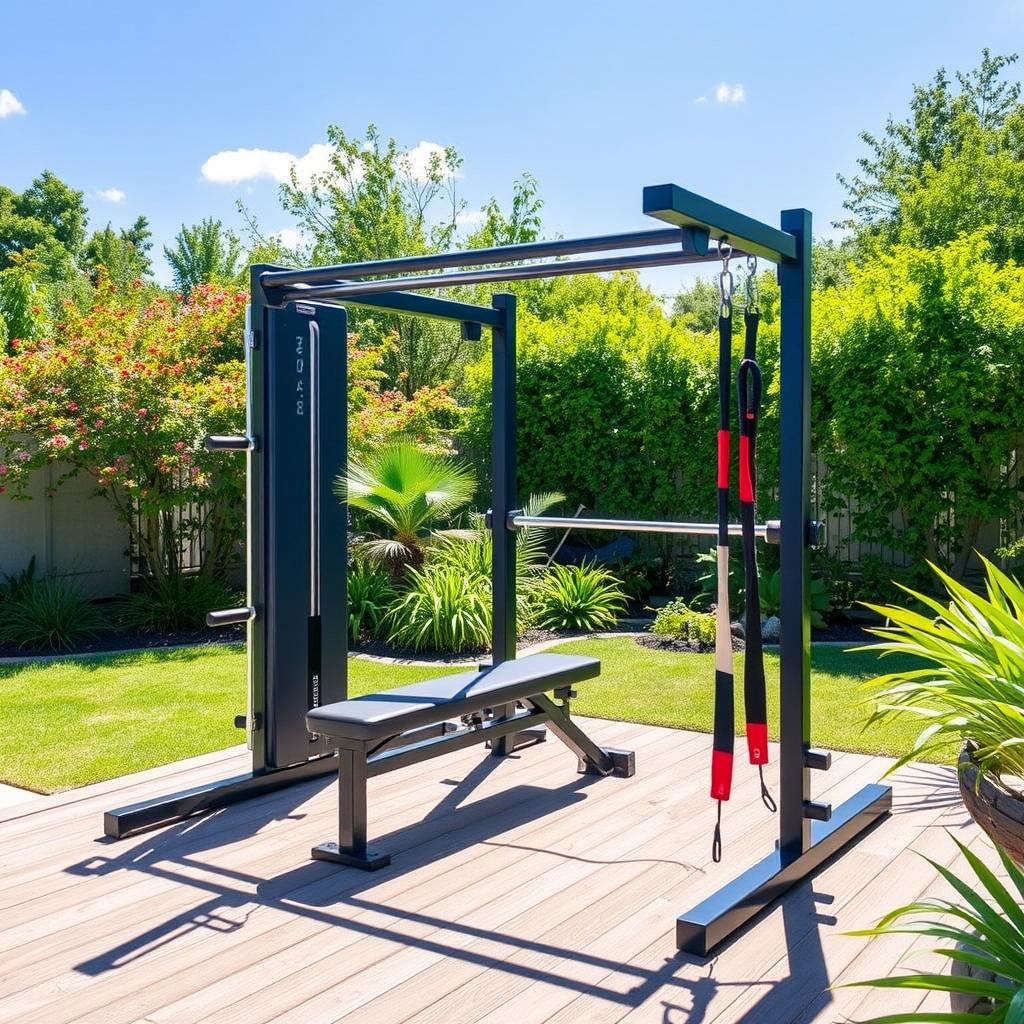History Of Automations
The history of automation is a fascinating one, filled with ground-breaking inventions that have changed the way we live our lives today. From simple machines to complex algorithms, automation has revolutionized the way we think about technology and its capabilities. But what exactly is automation and how did it come to be? Let’s take a look back at the fascinating history of this incredible technology.
Automation has been around for centuries, dating back to ancient times when water wheels were used to grind grain and turn lathes in workshops. The first notable invention of its kind was the Jacquard loom, which was invented in 1801 by Joseph Marie Jacquard and used punch cards to automate weaving patterns into fabric. This revolutionary invention paved the way for further advancements in automated technology, ultimately leading us to where we are today.
In recent years, advances in artificial intelligence (AI) and machine learning (ML) technologies have enabled computers to do things that were once thought impossible: from self-driving cars and voice assistants, to automated stock trading systems and healthcare robots. Automation has even been used in space exploration! By leveraging AI and ML technologies, machines are now able to learn new skills faster than ever before – making them more efficient than ever before as well.
Early Beginnings: Automata And Mechanical Marvels
Automation has a long history that dates back to ancient times. The earliest automata were built by the Greeks and Romans, and they were used to entertain or amuse their audiences. These early mechanical marvels were made out of wood, metal, and glass, and were designed to look like humans or animals. They could move around on their own and even perform simple tasks.
The use of automation grew as technology advanced throughout the centuries. By the 18th century, machines had become more sophisticated and able to complete complex tasks such as spinning wool into fabric or weaving textiles. During this period, many inventors created various types of automated machines that helped speed up production processes in factories across Europe. This allowed workers greater freedom from manual labor and gave them a chance for liberation from oppressive conditions.
Ancient Greek And Egyptian Automata

Leaving the early beginnings of automata and mechanical marvels behind, we now turn our attention to Ancient Greece and Egypt – arguably two of the most advanced civilizations in terms of automation. In fact, many historians believe that the Ancient Greeks were responsible for pioneering the use of programmable machines, such as hydraulic powered automata. Similarly, Egypt is recognized for its use of intricate mechanisms to power their famous water clocks.
These civilizations used automation to perform a variety of tasks, from powering basic tools to controlling complex machinery – proving just how far they had come in terms of technological advancement. This is all made even more impressive considering the lack of electricity or computers at the time. Through these achievements it’s clear that automation has been around for much longer than we might expect, with these ancient civilizations playing a vital role in its development.
Leonardo Da Vinci’S Designs And Sketches

Leonardo da Vinci, the Renaissance genius, had a fascination with automation. He made sketches of potential automations that could be used in everyday life. His designs included flying machines and robotic arms, which were both centuries ahead of their time.
Da Vinci’s designs were so forward-thinking and detailed that modern scientists have been able to replicate many of them using 3D printing technology. In fact, some of his most impressive creations are now being used to help create modern day automated systems. It’s amazing that a man who lived hundreds of years ago could anticipate the needs of today’s society and design powerful solutions for them!
The world has an immense debt to Leonardo da Vinci for his contributions to automation and engineering. We owe it to him to continue exploring the possibilities he set forth, inspiring us all to push the boundaries of our imaginations and create something truly revolutionary.
The Industrial Revolution: A Turning Point For Automation
The Industrial Revolution was a game-changer for automation. It marked a shift from manual labor to mechanized production on an unprecedented scale, profoundly affecting the way people worked and lived in the process. This revolution presented a great opportunity to improve manufacturing processes with the use of machines and tools.
Innovations such as steam engines, spinning jennies, spinning frames and power looms enabled mass production of goods at low costs. This allowed companies to produce more goods with less effort and manpower, meaning they could save money while still making profits. Automation also allowed factories to run faster and more efficiently than ever before, reducing costs even further. As a result, the Industrial Revolution was a pivotal moment in the history of automation that changed the way we live our lives today.
The 20th Century: Emergence Of Electronic Automation

The 20th century saw the birth of the modern age, and with it came a wave of technological advancement that changed the way we live. Automation was at the heart of these changes, and its emergence ushered in a new era of efficiency and productivity. It started with simple mechanical systems, such as an assembly line for producing cars, but soon enough more complex electronic automation became commonplace. These systems allowed machines to make decisions and complete tasks without human intervention, allowing us to do more with less effort. This rapid progress over the course of the century enabled us to automate our lives like never before. From robotic vacuum cleaners to automated banking systems, automated technology has become an integral part of our lives today. But it’s not just about convenience; automation has also given us a level of freedom that would have been unimaginable a century ago. We’re able to work smarter than ever before, freeing up time for activities that bring joy and fulfillment to our lives – something we can all be thankful for!
The Information Age: The Internet And The Digital Revolution

The Information Age was like a breath of fresh air for those who had been stuck in the past. It gave people a new sense of freedom and possibility, as technology became more accessible and user-friendly. The dawn of the Internet opened up an infinite world of information, communication, collaboration and entertainment that was previously unavailable. Through the Internet, we could share our ideas, connect with each other from around the globe, and access knowledge from any part of the world.
The Digital Revolution changed the way we work and play by introducing computing power into everyday life. We now have tools like smartphones, tablets and laptops to do everything from shopping to streaming video content on demand. With social media platforms like Facebook, Twitter and Instagram, we can communicate with friends and family instantly. And with cloud-based services like Dropbox and Google Drive, we can store important documents securely in one place. All this makes life easier – no more having to remember multiple passwords or worry about losing important files! In short, thanks to technology advancements during the Information Age, our lives have become infinitely simpler!
Artificial Intelligence And Machine Learning: The Next Frontier

The digital revolution has changed the way we interact with the world around us, but it’s only the beginning of a new era. Artificial Intelligence (AI) and Machine Learning (ML) are two powerful technologies that are driving this next wave of innovation. With AI and ML, machines can learn from data, make decisions and autonomously solve problems faster than ever before.
This technology is being used to automate processes in many fields, such as healthcare, finance, manufacturing and energy production. By using AI and ML to automate tasks, businesses can increase efficiency, reduce costs and improve customer experience. As these technologies become more sophisticated over time, they will continue to revolutionize how companies operate by automating entire processes rather than just individual tasks.
When applied correctly, AI and ML have the potential to create massive opportunities for businesses everywhere. They can enable companies to gain competitive advantages through predictive analytics or optimize operations with better decision-making capabilities. Furthermore, AI and ML can help uncover insights from large datasets that would otherwise be difficult or impossible for humans to detect. In short, these technologies offer immense potential for businesses seeking greater efficiency or insight into their operations – all while liberating us from mundane tasks so we can focus on more important matters.
The Future Of Automation Gadgets

The future of automation gadgets is exciting, to say the least. We can expect a wave of new technologies to come our way, enabling us to live more efficient and comfortable lives. From fully automated homes to smart cars that drive themselves, the possibilities are endless. As technology progresses, we’ll have access to devices and machines that can do much of the hard work for us, allowing us to spend more time on things that matter most – like spending quality time with family and friends.
The beauty of automation gadgets is in their ability to simplify life and make it easier for us. We’ll be able to monitor our home from anywhere in the world and adjust settings in real-time. Self-driving cars will free up time for other activities during our commute. Smart appliances will help reduce energy consumption while keeping us well fed and entertained. The potential for automation gadgets is really only limited by our imagination! So let’s get out there and start dreaming big – what could you do with a little extra help?
Major Companies In The Home Automation Industry

If there’s one thing we can all agree on, it’s that the home automation industry is booming. There are a plethora of companies out there that specialize in this area, each with its own unique approach to making our lives more connected and secure. Some of the major players include Google, Apple, Amazon, Vivint and Nest.
Google has been at the forefront of the home automation industry for years now. They offer a wide range of products from their flagship Google Home platform to their Nest thermostat line. Their products are easy to use and integrate seamlessly with other smart home devices. Apple also has a strong presence in this space with their HomeKit framework which allows users to control various elements of their homes with just one app. Amazon also offers a similar system through its Alexa voice assistant, allowing you to ask ‘Alexa’ to do almost anything from turning on lights to streaming music.
Vivint is another popular player in this space, offering a comprehensive suite of security systems and other services like energy management and home automation solutions designed to make life easier for homeowners. Lastly, Nest is an up-and-coming player in this market that specializes in thermostats and smoke detectors with advanced features such as facial recognition and motion detection that allow them to react quickly when needed. All these companies have made significant strides in making our homes smarter and more secure than ever before! ## Evolution Of Interconnected Devices
The evolution of interconnected devices has been a remarkable journey, one that has allowed us to break through many technological barriers. For centuries, man-made machines were built to perform specific tasks and remain relatively static. But then the Industrial Revolution changed it all – suddenly machines could be connected together, allowing them to collaborate and interact in ways never before seen.
This new era of automation enabled the creation of sophisticated systems that could quickly process data and produce results that would have taken longer if done by hand. Today, we have robots and computers that can carry out complex tasks such as manufacturing products or driving cars. This has allowed us to free up time for more creative pursuits, while also providing us with greater freedom than ever before. We are now able to work from home or spend more time with our families without sacrificing our productivity levels. In short, interconnected devices have provided us with a level of liberation that was previously unimaginable.
The Future Of Connected Living
The future of connected living is a fascinating prospect. From home security systems to appliances that are controlled via voice commands, the possibilities for automation are endless! From refrigerators that remind us when we’re running low on food and automatically order our favorite products from the store, to doorbells that can detect motion and alert us to visitors, connected living promises to make life easier than ever before.
These advancements in automated technology have already begun to revolutionize our lives. In the coming years, it’s likely that we’ll see even more innovations in automation that will continue to improve our lives. We may soon be able to control everything from lights and thermostats with a few simple voice commands or even have our homes clean themselves while we’re away at work! The possibilities truly seem limitless.
We’re already seeing a shift towards a more automated lifestyle as people become increasingly comfortable with the idea of connected living. As technology continues to advance and become more user-friendly, it’s likely that it’ll become an accepted part of everyday life for many people around the world. Automation promises greater freedom and convenience than ever before—and this is something we can all get behind.
Trends In The Home Automation Market
So, what does the future of connected living look like? Well, it looks like home automation. Home automation is the process of integrating various household devices and systems to create a smart home that allows you to control numerous aspects of your home with one system. And the trend in this industry is growing exponentially.
Currently, there are many companies on the cutting edge of home automation technology. They’re offering everything from voice-controlled lighting and security systems to automated temperature settings and even robotic vacuums. In addition, advances in robotics are making it possible for homeowners to have their own personal assistant robots that can carry out day-to-day tasks.
The possibilities for home automation are practically endless and as technology continues to improve, so too will our ability to make our lives easier and more efficient. The future of connected living is bright indeed!
Conclusion
Well, there you have it: the history of automation! It’s incredible to think about how far we’ve come in such a short amount of time. From the earliest automata to today’s interconnected devices and smart homes, it’s clear that automation has come a long way.
The future is even more exciting. With emerging trends like voice control and artificial intelligence, our lives are becoming increasingly automated. Who knows what kind of marvelous inventions we’ll see in the coming years? One thing is for sure: automation technology will continue to develop and evolve, making our lives easier and more efficient than ever before.
So don’t be alarmed if you find yourself surrounded by robots one day – after all, they’re just here to help! Automation has become an integral part of modern life, and with its ever-evolving capabilities, who knows where it could take us next?







